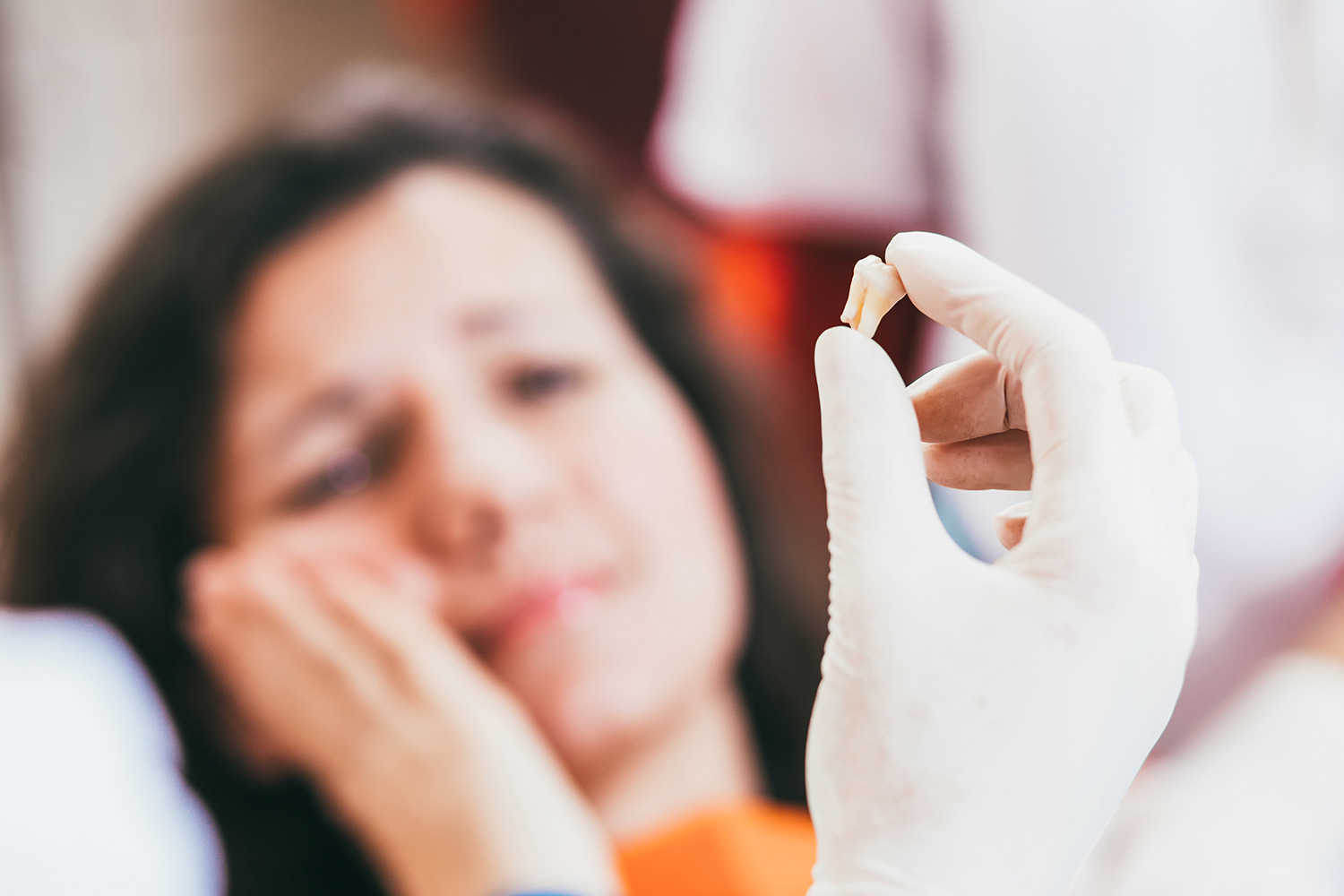SURGICAL INSTRUCTIONS
After a surgical dental procedure, there are a number of steps you can take to protect your smile in the days and weeks after your procedure.
CARE IMMEDIATELY FOLLOWING THE SURGERY
Keep pressure on the gauze pad placed over the surgical area by gently biting down. As it dries out, dampen the gauze sponge with water and try to maintain constant pressure in intervals of 45-60 minutes until the bleeding has stopped. Keep your head elevated and try to lower your activity level as much as possible. As well, 48 hours after surgery, rinse mouth with warm salt water every 1-2 hours. Avoid using any mouthwash containing alcohol as it can irritate the wound.
You should also be sure to keep your mouth clean by brushing areas around the surgical site, but be sure to avoid sutures. Use ice packs to control swelling by placing them on facial areas near extraction and take all prescribed medications accordingly. Eat softer foods closely following surgery (preferably high in protein), and keep yourself hydrated and avoiding straws for 5-7 days. If you are a regular tobacco user, refrain from smoking for the next 3-4 days as smoking increases your chances of getting a dry socket as well as an infection.
Healing can vary from person to person; within 3 to 14 days, your sutures should fall out or dissolve. For sutures that are non-resorbable, a member of our team will schedule a follow-up appointment to remove the stitches for you. Your tooth’s empty socket will gradually fill in with bone over time and smooth over with adjacent tissues.


POSSIBLE COMPLICATIONS AFTER TOOTH EXTRACTION
- Bleeding – Bleeding after a tooth extraction is entirely normal. A pinkish tinted saliva and subtle oozing is fairly common during the first 36 hours. If bleeding gets excessive, control it by using dampened gauze pads and biting down to keep pressure on the area. As an alternative to gauze pads, a moistened tea bag can be used, as the tannic acid helps blood vessels contract. Apply pressure to the gauze or tea bag by gently biting down for 30 minutes. If bleeding persists past 48 hours, contact Dr. Benton and team.
- Bone sequestra (dead tooth fragments) – Some patients have small sharp tooth fragments that were unable to be completely removed during surgery. During the recovery period, these dead bone fragments, or bone sequestra, slowly work themselves through the gums as a natural healing process.
- Dry socket – In the days that follow your tooth extraction, pain should gradually subside. Rarely, patients report that pain increases to a throbbing pain that shoots up towards the ear. Dry socket occurs when the blood clot becomes irritated and ousted before healing is complete. Food and debris can then get into the socket causing irritation. Tobacco users and women taking oral contraceptives are at a higher risk of getting dry socket.
- Lightheadedness – Because you may have been fasting prior to surgery, your blood sugar levels may be lower than normal.
- Numbness – Many patients report still feeling numb hours after their tooth extraction procedure. An extended lack of feeling around the mouth is normal and can last 10-12 hours after surgery.
- Swelling – Swelling should subside almost entirely within 10 days after surgery. Immediately following your tooth extraction, apply an ice pack to the facial areas near the extraction. Continue using the ice in 15 minute intervals for the first 36 hours; moist heat should be used after this.
- Trismus (difficulty opening and closing mouth) – If you experience a sore jaw and difficulty chewing or swallowing, do not be alarmed. Occasionally patients’ chewing muscles and jaw joints remain sore 3-5 days after surgery.